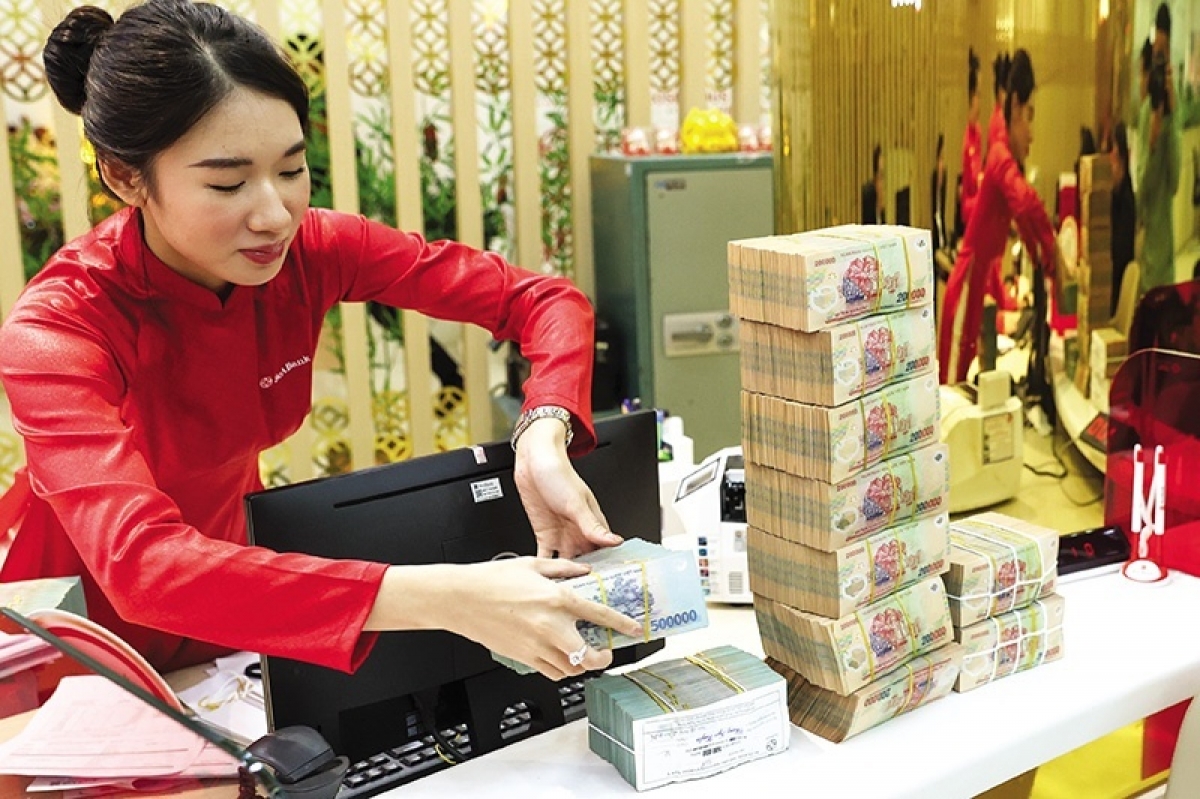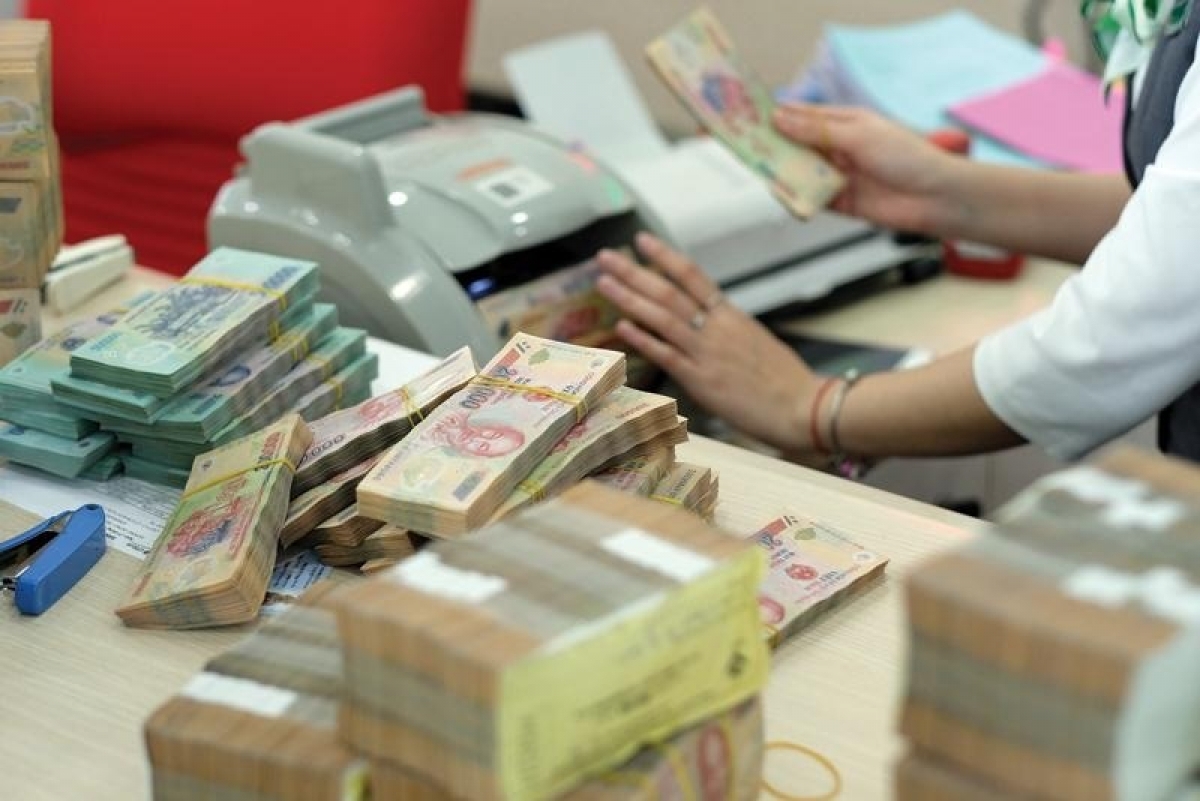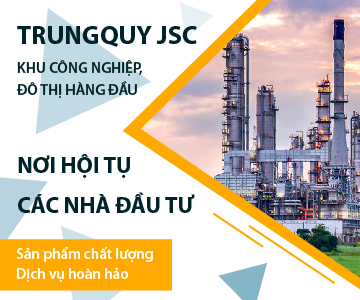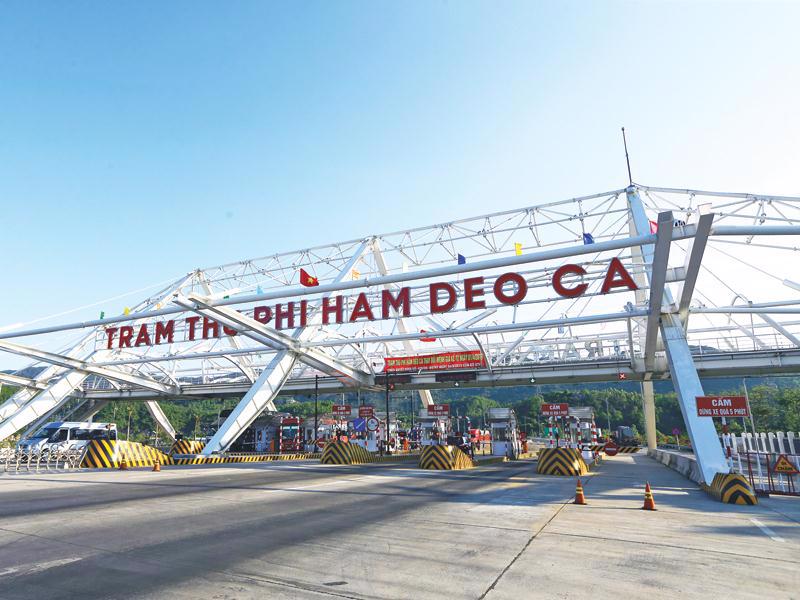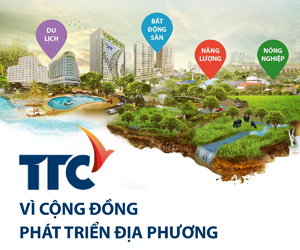INTERNATIONAL INVESTMENT
AND PORTAL
Last week, state conglomerate Vietnam Railways Corporation (VNR) submitted a proposal to the Ministry of Finance requesting consideration for an investment policy to build the complex.
On April 5, Prime Minister Pham Minh Chinh assigned VNR to take the lead and cooperate with partners to prepare a project dossier for submission to relevant authorities.
Hanoi People’s Committee was assigned to study and allocate 250 hectares of land in Phu Xuyen district in the city’s suburbs to VNR for the development of the complex.
 Manufacturing new railcars at Di An Train Car Factory
Manufacturing new railcars at Di An Train Car Factory
The scale of future railway investments is likely to be substantial, encompassing important projects such as the North-South High-Speed Railway; the Lao Cai-Hanoi-Haiphong line; urban rail networks in Hanoi and Ho Chi Minh City; and major routes like Lang Son-Hanoi and Haiphong-Ha Long-Mong Cai.
These represent a critical opportunity for Vietnam to master railway technology and develop a domestic manufacturing base. The objective is to establish a railway industry capable of producing rolling stock, locomotives, and related components by 2030-2045.
A key highlight in the fresh proposal is VNR’s recommendation that it be authorised to receive and localise technologies for manufacturing trains.
The proposed complex, spanning approximately 250ha in Phu Xuyen and Ung Hoa districts, will be constructed using state capital, including the procurement of equipment for assembling and manufacturing locomotives and passenger coaches for sub-200km/h railway systems, as well as urban rail infrastructure.
According to Dang Sy Manh, chairman of VNR, the complex aims to feed the domestic market and gradually localise hardware and software components related to signalling, communications, and power systems. It will also master the operation and maintenance processes, and eventually produce selected components and spare parts for high-speed rail.
“The complex will also include a zone for major repairs of all railway vehicles and equipment, focusing initially on the national and urban railway networks,” Manh noted.
In its initial phase (2029-2031), the complex will assemble electric and clean-energy locomotives; manufacture passenger coaches for speeds under 160km/h; assemble Electric Multiple Unit (EMU) trains for urban rail systems; and produce 120 km/h freight wagons for the Lao Cai-Hanoi-Haiphong route.
In the next phase (2032-2035), the project aims to master production of sub-160km/h passenger and freight coaches, assemble electric locomotives with a localisation rate of 30 per cent, and produce spare parts and components for rolling stock maintenance, infrastructure, signalling, and communications.
Regarding the North-South line, the complex will participate in assembling EMUs under procurement and technology transfer contracts.
By 2035, it is expected to master the assembly technology and achieve a localisation rate of 20 per cent.
The ultimate goal, by 2040-2050, is for the complex to reach an 80 per cent localisation rate in EMU train production and supply spare parts and components for the operation and maintenance of the North-South line.
Public investment will be allocated to constructing the connecting railway line to the national network, technical infrastructure, research and development centre, and other state-supported components.
The additional state capital injections will fund the construction of the assembly plant and related facilities. Private investors will also be invited to participate.
If approved, the project is expected to complete its preparatory phase within one year and carry out construction over three years, aiming to complete the first phase by 2029.
Projected revenues from 2030 to 2050 are estimated at $9.1 billion, with average annual profits of around $45.6 million, allowing the complex to recover its capital within 16 years.
The Ministry of Construction has reportedly completed the initial draft of Vietnam’s railway transport development orientation, and is currently soliciting feedback from relevant ministries and sectors.
According to estimates, the total value of upgrading and constructing Vietnam’s railway infrastructure, including urban and high-speed rail, could reach $275 billion by 2050.
“Given that Vietnam’s railway industry is currently only meeting maintenance needs using outdated technologies, the railway complex will be a key catalyst, laying the foundation for Vietnamese firms to participate more deeply in this vital market,” a Ministry of Construction executive said.
 Private investment in railway industry yet to shine
Private investment in railway industry yet to shine
Vietnam’s railway industry is waiting for legal improvements to increase its attraction. Tran Thien Canh, director of the Vietnam Railway Authority, talked to VIR’s Tung Anh about the prospects for the sector in this country.
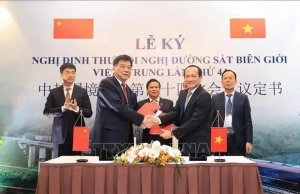 Vietnam, China ink protocol on railway transport cooperation
Vietnam, China ink protocol on railway transport cooperation
A protocol related to railway transport cooperation between Vietnam and China was signed at the 44th Vietnam-China border railway conference held in Hanoi on December 12.
 Vietnam welcomes Chinese firms' engagement in high-speed railway projects: Deputy PM
Vietnam welcomes Chinese firms' engagement in high-speed railway projects: Deputy PM
Vietnam welcomes Chinese enterprises, including the CCECC, to actively collaborate with Vietnamese firms to improve competitiveness in terms of technology, quality, and cost-efficiency as they engage in the investment and construction of high-speed rail lines in Vietnam.
